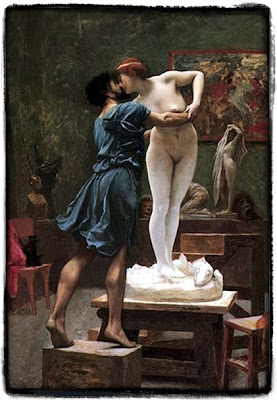Muhammad Yunus:
(Economist; Banker; Nobel Peace Prize recipient)
Sustainable
societies are more important than sustainable construction.
Sustainable
humans can provide for themselves, stand on their own two feet.
But
there are many people today who live in extreme poverty, with no opportunity to
lead sustainable lives. These people we must help first. At the start of the
millennium a goal was set to halve the number of poverty-stricken people by
2015. A great effort is required if we want to achieve a sustainable world.
Muhammad
Yunus is a great nonconformist
personality who has been instrumental as a banker,
economist and has received a Nobel Peace Prize.
A Brief Introduction...
Born in the village of Bathua, (a seaport city) Chittagong in 1940, Muhammad Yunus was the third of the fourteen of whom 5 died infancy. Inspired by his mother to help the poorer, he committed himself to eradicating poverty.
Professor Yunus studied in Dhaka University and later received a PhD economics from Vanderbilt in 1969 and became an assistant professor at Middle Tennessee University the following year.
From 1993 to 1995, Professor Yunus was a member of the International Advisory Group for the Fourth World Conference on Women, a post to which he was appointed by the UN secretary general. He has served on the Global Commission of Women's Health, the Advisory Council for Sustainable Economic Development and the UN Expert Group on Women and Finance.
He developed concepts on micro-credit and micro – finance.
In 2006 Yunus and Grameen Bank received the
Nobel Peace Prize "for their efforts through micro -credit to create economic and social development from below"
The Genesis Of Grameen Bank...
The origin of Grameen Bank can be traced back to 1976 when
Professor Muhammad Yunus, Head of the Rural Economics Program at the
University of Chittagong, launched an action research project to examine
the possibility of designing a credit delivery system to provide banking
services targeted at the rural poor.
At the heart of Grameen Bank's establishment,remained an ideal that was ingrained in its philosophy,that it always gave to the poor, uneducated, women of Bangladesh - OPPORTUNITY.The simple belief that anyone can do things when given an opportunity.
This belief paid off well when children who were once given small educational loans to finish primary education,began entering world-class universities.
The Principles of Grameen Bank
Bank’s Organisational Principles & Management
- Exclusive focus on the poorest of the poor
- Initial support and gradual decentralization of functions and power to zonal levels
- Undertaking of social development agenda addressing basic needs of clientele
- Organisation of borrowers into groups to bring solidarity and participatory interaction
Modus Operandi*...
The mode of operation of Grameen Bank is as follows. A bank branch is set up with a branch manager and a number of center managers and covers an area of about 15 to 22 villages. The manager and the workers start by visiting villages to familiarize themselves with the local milieu in which they will be operating and identify the prospective clientele, as well as explain the purpose, the functions, and the mode of operation of the bank to the local population. Groups of five prospective borrowers are formed; in the first stage, only two of them are eligible for, and receive, a loan. The group is observed for a month to see if the members are conforming to the rules of the bank. Only if the first two borrowers begin to repay the principal plus interest over a period of six weeks, do the other members of the group become eligible themselves for a loan. Because of these restrictions, there is substantial group pressure to keep individual records clear. In this sense, the collective responsibility of the group serves as the collateral on the loan.
Grameen Bank evaluates the poverty level of the borrowers from time –to-time using the following key indicators : I am sharing a link from their website that enlists 10 indicators .
Operational Statistics:
Of the total equity of the bank, 94 % is owned by borrowers and 6 % by Government of Bangladesh. It has more than 8 million borrowers of which 97 % are women. The bank has a loan recovery rate of 96.67 %.
From the above graph , it is clearly visible the Grameen Bank has stood the test of the times and maintained its operational effectiveness , even in the worst of the scenarios.
~~the end..
OR is this the beginning ?
* : excerpt taken from grameen bank website









.gif)













